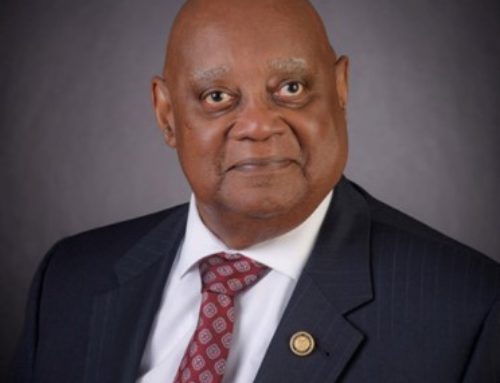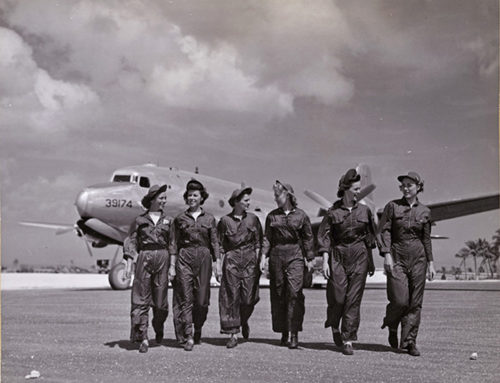Last week we heard from Captain Charles Rush, who was awarded a Navy Cross nearly 60 years after the action for which he received it, which occurred aboard USS BILLFISH (SS-286) on 11 November 1943. (It is worth noting that Rush himself advocated for the recognition of the man who provided him with critical assistance that day: Chief Electrician’s Mate John D. Rendernick. Rendernick was eventually awarded a Silver Star.) In 2011, Rush gave a speech to his former shipmates from USS SEA OWL (SS-405) during which he summed up the remainder of his eventful naval career and spoke of what happened after his retirement from the service. Ken Johnson, one of those shipmates, paraphrased the speech for a newsletter.
“After leaving Portsmouth [in New Hampshire] and SEA OWL [in 1944], LT Rush reported to BuOrd [the Bureau of Ordnance] in Washington, DC. He said he entered a large room with just one person in it, a Navy Commander who said to him, ‘You are in charge of developing a high speed, wakeless electric torpedo for submarines. Now get busy.’ At the time the manufacturer of the MK-18 electric torpedo, a copy of a German design, was Westinghouse. When he approached them, Westinghouse said they were not interested in developing a new electric torpedo because they were already making so much money producing the MK-18…. Within 24 hours, LT Rush called General Electric who said they had some engineers in Connecticut who were busy making washing machines. When he asked these engineers if they would be interested in working on a new torpedo for submarines, they were delighted. …GE told BuOrd they had a group of engineers who would get right on it.
“When Westinghouse found out, LT Rush became a ‘bad guy’ with them, but they entered into a race with GE so now there were two major manufacturers…interested [in] working on the problem. Also Bell Laboratories in New Jersey had an engineer who had invented…a sea water battery consisting of a series of plates sealed in a vacuum chamber that did nothing until exposed to water, preferably salt water. It would then generate enough power to drive a torpedo. With that technology, GE and Westinghouse designed and built two torpedoes that met the Navy’s specifications. When the Chief of the Bureau of Ordnance found out what LT Rush had accomplished working with these manufacturers, he had him ordered to graduate school at Cal Tech to get a degree in aeronautical engineering.
“When he finished graduate school he was required to work one year for the Bureau of Aeronautics. He had been with BuAer for one day when the Captain in charge said, ‘Oh by the way, you’re the new Safety Officer.’ A rocket plant just out of town had just exploded and LT Rush conducted a safety survey there. …LT Rush wrote to the president of the company and said he had found 12 potentially hazardous conditions that needed to be corrected. The president of the rocket company sent a letter to the Chief of BuAer saying in effect, ‘Who does this guy think he is?’ The Chief wrote back and said, ‘You had better listen,’ and gave LT Rush a commendation.
“LT Rush then had a decision to make. Either he could spend the rest of his Navy career as an aeronautical engineer or go back to submarines. He chose to go back to submarines. He went on to serve as XO of the USS CARBONERO (SS-337) and…CO of USS QUEENFISH (SS-393) from 1953-56. He retired from the Navy in 1961 with the rank of Captain.
“After retirement from the Navy he went to work for the Foreign Sales Division of North American Aviation who were at the time the primary developer of inertial navigation systems used in nuclear submarines. …During his travels he managed to become a member of the Royal Ocean Sailing Club in Great Britain. Through a contact he made there he learned of a deal where some…civil servants in Washington would take U.S. rejected inertial navigation systems and sell them to the British. He told this person, ‘Perhaps you should send your technical people to Washington to find out what is going on.’ When they did they were horrified as to what was being foisted off on them and reported this back to the Admiralty. North American was quite upset and as a result were selected to provide inertial navigation systems to the Royal Navy for use in their nuclear submarines.”
Captain Rush, now in his nineties, resides in Florida.





